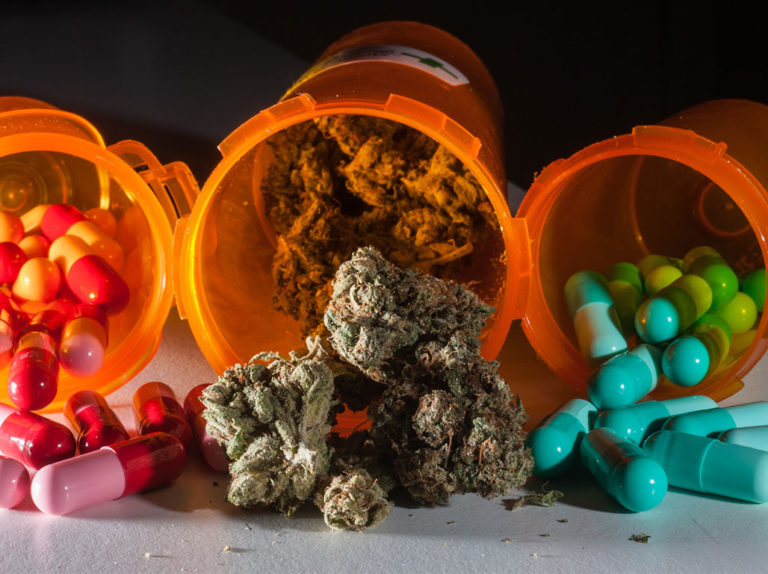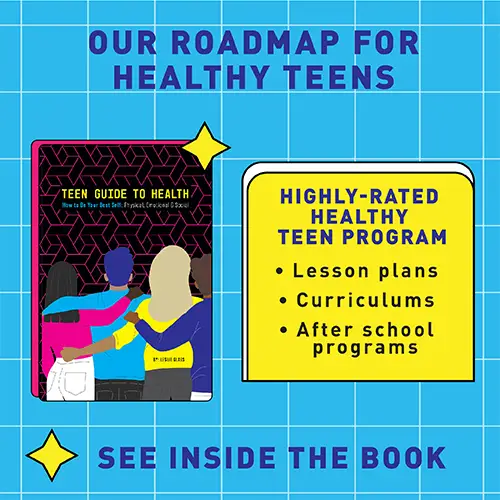A recent article in the Journal of the American Medical Association noted there is very little scientific evidence to support the use of medical marijuana. Authors Samuel Wilkinson and Deepak D’Souza explain that medical marijuana is considerably different from all other prescription medications in that “[e]vidence supporting its efficacy varies substantially and in general falls short of the standards required for approval of other drugs by the US Food and Drug Administration (FDA).”11 The FDA requires carefully conducted studies consisting of hundreds to thousands of patients in order to accurately assess the benefits and risks of a potential medication.
Although some studies suggest marijuana may palliate chemotherapy-induced vomiting, cachexia in HIV/AIDS patients, spasticity associated with multiple sclerosis, and neuropathic pain, there is no significant evidence marijuana is superior to FDA approved medications currently available to treat these conditions. Additionally, support for use of marijuana in other conditions, including post-traumatic stress disorder, Crohn’s disease and Alzheimer’s, is not scientific, relying on emotion-laden anecdotes instead of adequately powered, double-blind, placebo-controlled randomized clinical trials.11
Also, to be considered a legitimate medicine, a substance must have well-defined and measurable ingredients that are consistent from one unit (such as a pill or injection) to the next. This consistency allows researchers to determine optimal dosing and frequency. Drs. Samuel Wilkinson and Deepak D’Souza state:
“Prescription drugs are produced according to exacting standards to ensure uniformity and purity of active constituents … Because regulatory standards of the production process vary by state, the composition, purity, and concentration of the active constituents of marijuana are also likely to vary. This is especially problematic because unlike most other prescription medications that are single active compounds, marijuana contains more than 100 cannabinoids, terpenoids, and flavonoids that produce individual, interactive, and entourage effects.” 11
As a consequence, there are no dosing guidelines for marijuana for any of the conditions it has been approved to treat. And finally, there is no scientific evidence that the potential healthful effects of marijuana outweigh its documented adverse effects.11 Sound ethics demands that physicians “First do no harm.” This is why a dozen national health organizations, including the College, presently oppose further legalization of marijuana for medicinal purposes.12 If and when rigorous research delineates marijuana’s true benefits relative to its hazards, compares its efficacy with current medications on the market, determines its optimal routes of delivery and dosing, and standardizes its production and dispensing (to match that of schedule II medications like narcotics and opioids), then medical opposition will dissipate.
From The American College of Pediatricians
The American College of Pediatricians is a national medical association of licensed physicians and healthcare professionals who specialize in the care of infants, children, and adolescents. The mission of the College is to enable all children to reach their optimal physical and emotional health and well-being.
A PDF copy of this statement is available here: Marijuana Use: Detrimental to Youth





















